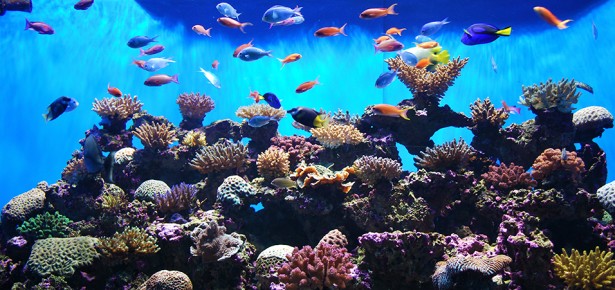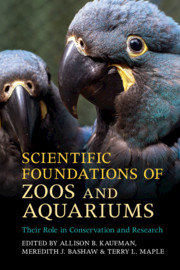
Question: What do the Eastern Hellbender, the Houston Toad, the Lake Sturgeon, and the Goanna Monitor have in common?
Answer: You’ve probably never heard of them. Unless you’re a zoo or aquarium researcher out to save a species, that is.
In The Scientific Foundation of Zoos and Aquariums: Their Role in Conservation and Research, our goal was to showcase some of the best zoo- and aquarium-based research going on around the world. We tell stories of dolphins and penguins – we love dolphins and penguins as much as you do – but it’s the animals whose stories don’t always see the light of day who best illustrate groundbreaking efforts to save species.
Hellbenders have been key in teaching us how to “headstart” animal populations. A coalition of zoos, universities, and government agencies, including the Bronx Zoo’s Amphibian Propagation Center, have been able to raise these amphibians in labs for as little as a year or two, ensure they are healthy, and then release the youngsters into their native environment to bolster the natural population. By studying ways to reduce the time animals spend in captivity before reintroduction, scientists can use the same resources to help more animals and still accomplish their aim of increasing the size and health of wild populations.
While perhaps we would have preferred not to learn the hard way, Houston Zoo’s successful efforts to create a captive population of Houston Toads that could be reintroduced after natural disasters taught us about multiple disease-causing agents in amphibians that can threaten population health. Working with these animals and others in zoos and aquariums has taught us how the diseases are transmitted, and more importantly, how they can be controlled.
Lake Sturgeon have taught visitors to the Tennessee Aquarium more about the wildlife in their own backyards. The Aquarium reintroduces this endangered species in the Tennessee River and works with the recreational and commercial fisheries nearby to teach anglers who might catch sturgeon to understand how to identify, handle, and most importantly release them. Recognizing that conservation efforts will fail if people in the region don’t understand why they are important, the aquarium also breeds and exhibits sturgeon to spark conversations about their value and engages in community outreach to bring the conservation message to students, teachers, and government officials.

Scientific Foundations of Zoos and Aquariums
Edited by Allison B. Kaufman , Meredith J. Bashaw , Terry L. Maple
Lastly, the invasion of non-native species including the Cane Toad has led to an immediate need for information about the Goanna and other native Australian Monitor species. Taronga Conservation Society’s zoos have stepped in to begin studying the anatomy, physiology, and reproductive biology of these lizards. Their resources, expertise, and ability to begin work quickly will provide vital information to support future attempts to breed and introduce the species should current population declines continue. Monitoring wild populations helps us recognize conservation problems and respond to solve them before they become crises.
When you think of zoos and aquariums, you probably picture giraffes, lions, zebras, or elephants. While zoos certainly care for these animals in captivity and work to conserve them in the wild, it’s the little critters that may make the biggest difference in saving our planet. Our book tells the stories of these little critters, the people working hard to save them, and what we’ve learned along the way.
You can purchase a copy of Scientific Foundations of Zoos and Aquariums << here
and get 20% discount when you enter the code: AKAUFMAN2018 at the checkout!
Latest Comments
Have your say!